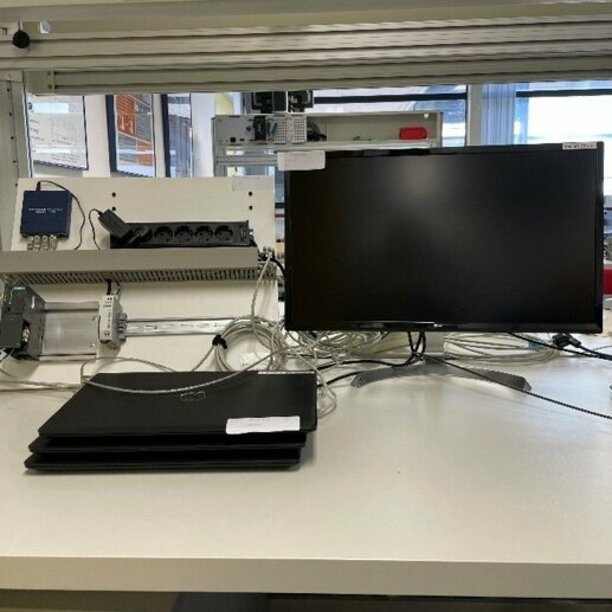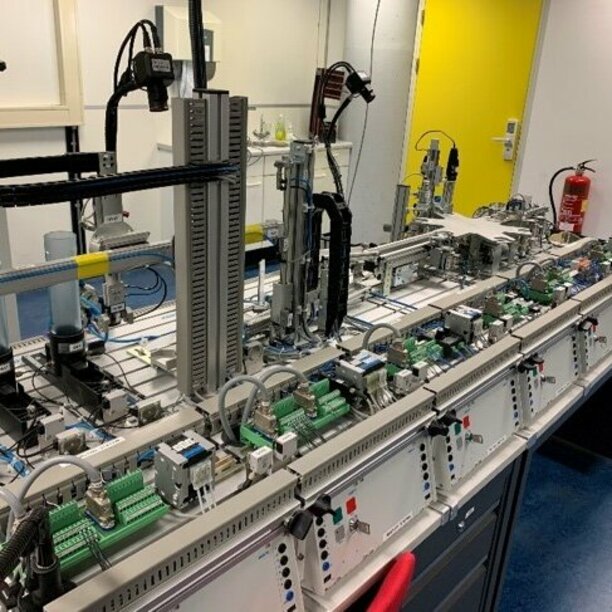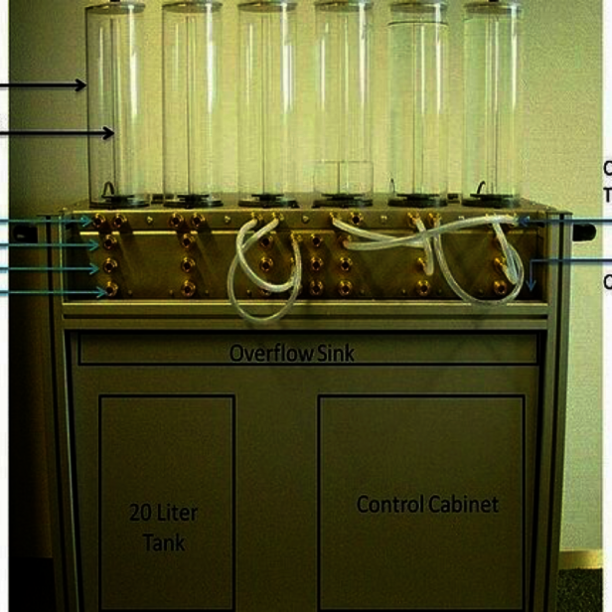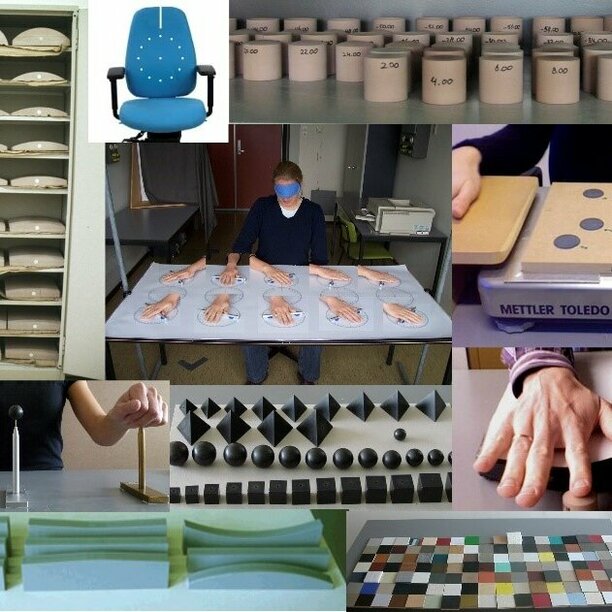Research lab
Systems Engineering laboratory
The Systems Engineering lab houses experimental facilities of the CST, DC and Robotics sections.
Facility Sharing
Sharing possible
Points of contact
LAB USAGE
The following sections all use the facilities of this Laboratory.
Contact us
-
Postal address
PO Box Postbus 5135600 MB EindhovenNetherlands -
Management Assistant Office



